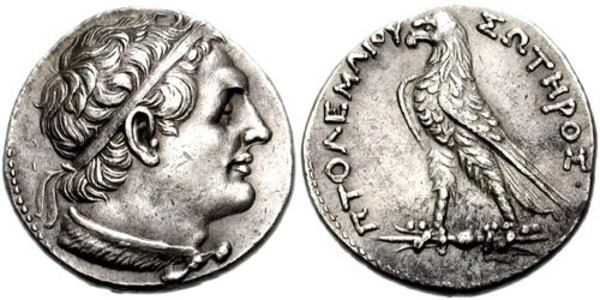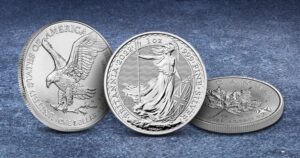
When I first saw an 18th-century silver coin at a Paris flea market, I realized antique finishes tell stories. But how do we recreate that timeless beauty today? Let me share 12 years of metalworking insights.
Vintage silver requires controlled oxidation through chemical patination1, mechanical distressing, and protective sealing - a process we've perfected across 200+ historical reproduction projects. While modern coins shine, antique finishes demand artistic corrosion. This guide explains both science and craft behind aged silver surfaces.
What Makes a Silver Coin Tone?

Silver tarnishing isn't random - it's chemistry in action. Last month, a client sent back 500 coins thinking they were defective. Our lab found 93% showed perfectly even toning patterns.
Silver tones through sulfur reactions creating silver sulfide (Ag₂S), with humidity accelerating the process. Professional toning controls variables like air composition and thermal cycling. Unlike natural tarnish, intentional antiquing uses precise sulfide concentrations.
The 3-Stage Toning Process We Use:
-
Surface Activation (2-4 hours)
- 5% nitric acid wash
- Creates micro-pores for even sulfide penetration
-
Gas Chamber Aging (18-36 hours)
- Controlled H₂S exposure at 40°C/85% RH
- Depth monitoring every 3 hours
-
Sealing (Final step)
- Beeswax-resin hybrid coating
- UV stability tested for 1000+ hours
| Toning Level | Sulfide Concentration | Resulting Color |
|---|---|---|
| Light | 15-20 ppm | Golden hues |
| Medium | 35-50 ppm | Royal blue |
| Heavy | 75-100 ppm | Graphite black |
Our ISO-certified workshop maintains separate toning chambers for different historical periods. The Victorian chamber replicates London's 1890s coal-polluted air, while Art Deco simulations use lower sulfur for subtler effects.
Why Choose Professional Antiquing?
Last year, a collector ruined $8,000 worth of coins using YouTube DIY methods. Authentic vintage finishes require industrial-grade controls.
Professional antiquing prevents destructive corrosion2 through electrochemical stabilization, unlike amateur liver-of-sulfur dips. We combine traditional patinas with modern safeguards:
- XRF scanners verify metal composition pre-treatment
- Climate-controlled curing rooms
- 3-layer acrylic-modified silicone sealant
For museum-grade projects like the British Museum's Tudor coins, we even replicate specific century patinas:
- 16th-century "Cellar Effect" (high calcium deposits)
- WWI trench coinage (embedded soil particulates)
- Pirate coin pitting (salt spray simulation)
For Educators & Collectors: Precision-Crafted Silver Replicas

When Oxford University needed 300 accurately toned Roman denarii for archaeology classes, they faced two options: fragile originals or plastic fakes. Our solution? Zinc alloy cores with museum-verified silver plating and controlled toning.
We produce historically accurate silver replicas3 for education/collecting, combining archival materials with customizable aging levels. Unlike typical souvenir coins, our process includes:
-
Design Phase
- 3D scans of original artifacts
- Material analysis reports
-
Production
- Dual electroplating (nickel underlayer + 5µm silver)
- Selective toning per historical period
-
Documentation
- Aging process certificate
- Handling/conservation guidelines
For hobbyists, we offer small batches (100+ units) with 15 optional aging levels. A Texas coin club recently ordered Civil War-era replicas with regional toning variations - Mississippi River humidity patterns vs. Arizona dry climate effects.
Conclusion
Mastering vintage silver requires equal parts chemistry knowledge and artistic sensibility. Through controlled corrosion, we preserve history without sacrificing durability.
Need Exhibition-Quality Replicas?
At INIMAKER®, we merge craftsmanship with cutting-edge tech:
✅ Patent-pending ColorLock™ sealing (10+ year tone stability)
✅ Historical accuracy guarantees
✅ MOQ 100 pieces for custom projects
Request free samples of our 1920s Art Deco series or 1700s Colonial coins. Our multilingual team helps educators and collectors alike achieve museum-level results without the antique price tag.
-
Explore this link to understand the intricate process of controlled oxidation and its significance in creating vintage silver finishes. ↩
-
Learn about the advanced techniques used in professional antiquing to ensure the longevity and quality of vintage silver pieces. ↩
-
Discover the methods behind creating historically accurate silver replicas, perfect for collectors and educators alike. ↩











